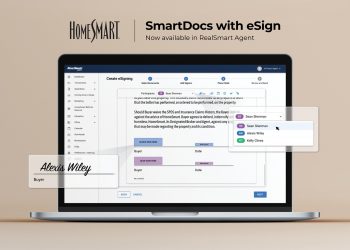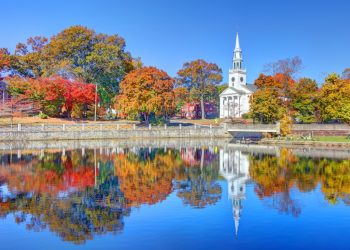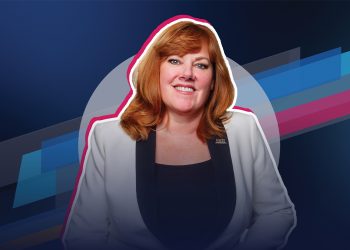So where is the cheapest place to take out a loan? Of the 10 best states for affordable mortgage rates, six are located in the Northeast. Conversely, six of the 10 worst states for mortgage rates are located in the Midwest and Northwest.
These trends could be somewhat attributed to the local housing markets, specifically local home prices, according to David Donhoff, a certified mortgage planner.
“In the Midwest where loan amounts are small, rates are forced to be higher simply to cover the transaction costs in the rebate and yield of the rates offered,” Donhoff says. “On the coasts the loan sizes are larger, and that also creates more competition, so the two factors together drive average rates lower.”
Local mortgage rates are also largely dictated by the principle of supply and demand. If a region’s economy is struggling and the unemployment rate is high, people will be less likely to be buying houses, forcing rates to fall to entice borrowers. Likewise, if housing demand is high thanks to local job growth and a strengthening economy, buyer demand will increase, allowing rates to do the same.
Variations in risk can also affect the rates consumers are offered.
“Mortgage rates are largely driven by risk,” says Bennie D. Waller, Ph.D, professor of finance and real estate at Longwood University. “That is, areas with a higher risk of default will command a higher mortgage rate. Much like we saw different areas of the country encounter varying degrees of housing default in the 2007-2008 housing crisis, different areas will also have varying degrees of credit risk.”
Matt Shibata, CFA and portfolio manager, brought up an often over-looked mortgage influence: closing costs.
“Closing costs have lots of regional variations based in state and county laws, fees, and taxes,” Shibata says. “These closing cost differences are the main drivers of the regional variation people see in mortgage rates, since they impact the APR, which is the format that lenders must quote in.”
Mortgage Rate Predictions for 2015
Several months ago, James Bullard of the Federal Reserve Bank of St. Louis predicted that interest rates will rise in quarter one of 2015, at which point we can likely expect mortgage rates to return to pre-recession levels as well — around the 6 percent mark last seen in 2006. Bolstering this prediction, the economy is regaining momentum; the Dow Jones, Nasdaq and S&P 500 are all performing once more.
As various economic factors and Fed policies fall into place, mortgage rates will go up — eventually surpassing early 2000s numbers and hitting the rates last seen during the economic height of the 1990s — the 7-8 percent range. And before that happens, potential home buyers would do well to capitalize on the today’s record-low rates. Purchasing a home now rather than waiting could make all the difference — hundreds of thousands of dollars in difference — down the road.
Source: www.gobankingrates.com










